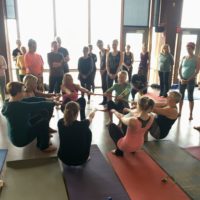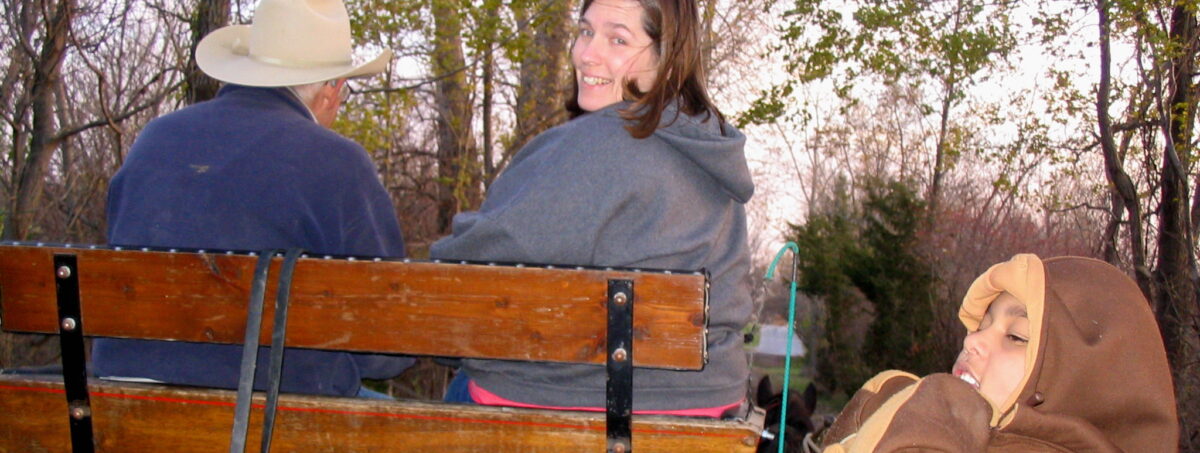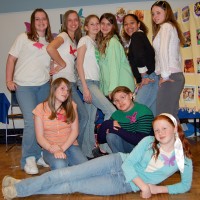Upset the Stagecoach
This is a great game I learned when I first started working in Urban 4-H with Rick Hofmaster. It is hilarious and has a sneaky way of helping people become comfortable speaking in front of a group, even if all they say is “The stagecoach upset!” You can adapt it to holidays or themes like “Santa Claus is Upset,” “The Rocket Crashed,” “The Fruit Basket is Upset.” You get the idea.
- Players sit in chairs placed randomly around the room. Make sure each person can stand up and run around her chair at the same time everyone else is running around their chairs.
- Have your group generate a list of stagecoach parts, equipment, and passengers. For Example–Driver, Suitcase, Shotgun, Brake, Horses, Bank roll, Wheels, Whip, Robbers, Bumps in the road, Wheels, Harness, Seat, Luggage
- Have each player choose an item from the list. The same name may be given to more than one player if the circle is very large.
- Start out as the storyteller and make up a story about the passengers, parts and equipment. As the storyteller mentions a part or passenger, the player who represents that part stands quickly, runs around her chair once, and sits down. Make sure to use all the items on the list so people really have to listen and run around their chairs a lot.
- Each time the storyteller says “The stagecoach upset,” all the players have to change seats and the storyteller tries to get one of the places. The storyteller can actually try to steal a chair any time one is open. This makes the running around the chairs more suspenseful. The player left without a chair continues the story.











